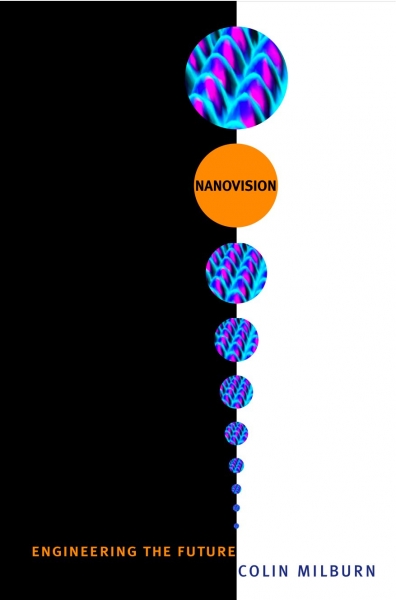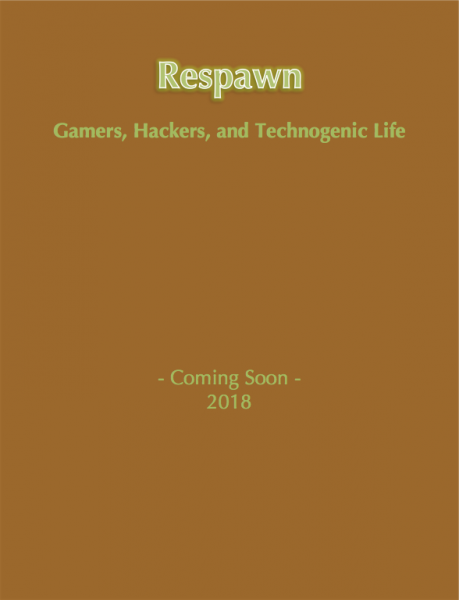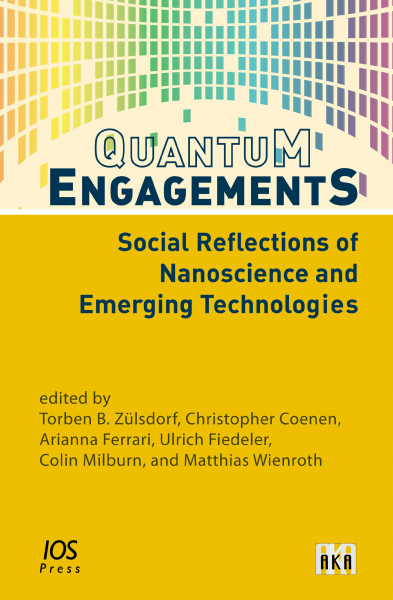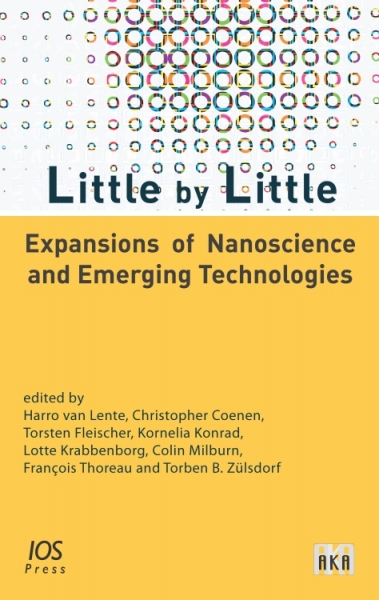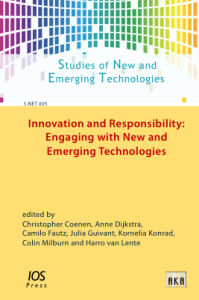
Position Title
Professor
- English, Cinema and Digital Media, Science and Technology Studies
Biography:
Ph.D./Ph.D., Harvard University, 2005
M.A., Stanford University, 1999
B.S., Stanford University, 1999
B.A., Stanford University, 1998
Colin Milburn's research focuses on the relations of literature, science, and technology. His interests include science fiction, gothic horror, the history of biology, the history of physics, nanotechnology, video games, and the digital humanities. He is a professor in the English Department, the Science and Technology Studies Program, and the Cinema and Digital Media Program. He is also affiliated with the programs in Cultural Studies, Performance Studies, and Critical Theory, as well as the Center for Science and Innovation Studies and the W. M. Keck Center for Active Visualization in the Earth Sciences (KeckCAVES). He is director of the Science and Technology Studies Program, as well as the ModLab digital humanities laboratory.
Books:
Co-Edited Books:
Selected Articles and Book Chapters:
- “Long Live Play: The PlayStation Network and Technogenic Life,” in Research Objects in their Technological Setting, eds. Bernadette Bensaude-Vincent, Sacha Loeve, Alfred Nordmann and Astrid Schwarz (London: Routledge, 2016).
- “Ahead of Time: Gerald Feinberg, James Blish, and the Governance of Futurity,” in Histories of the Future, eds. Erika Milam and Joanna Radin (Princeton University, 2015).
- “Green Gaming: Video Games and Environmental Risk,” in The Anticipation of Catastrophe: Environmental Risk in North American Literature and Culture, eds. Sylvia Mayer and Alexa Weik von Mossner (Universitätsverlag Winter Heidelberg, 2014), pp. 201-219.
- “Postmortem: The Necrosis of Nanotechnology,” in Evolution Haute Couture: Art and Science in the Postbiological Age, ed. Dmitry Bulatov (Moscow National Center for Contemporary Art, 2013), pp. 448-467.
- “Greener on the Other Side: Science Fiction and the Problem of Green Nanotechnology,” Configurations 20 (2012): 53-87.
- “Modifiable Futures: Science Fiction at the Bench,” Isis 101 (2010): 560-569.
- “Tactical Atomism,” in Art in the Age of Nanotechnology, eds. Vashti Innes-Brown, Chris Malcolm, and Pauline Williams (John Curtin Gallery, 2010), pp. 8-20.
- “Science from Hell: Jack the Ripper and Victorian Vivisection,” in Science Images and Popular Images of the Sciences, eds. Bernd Huppauf and Peter Weingart (Routledge, 2007), pp. 125-158.
- Translated and updated as “Wissenschaft aus der Hölle: Jack the Ripper und die viktorianische Vivisektion,” trans. Verena Hutter, in Frosch und Frankenstein: Bilder in und über Wissenschaft—Popularisierungen und Mythenbildung, eds. Peter Weingart and Bernd Huppauf (Transcript, 2008).
- “Syphilis in Faerie Land: Edmund Spenser and the Syphilography of Elizabethan England,” Criticism 46 (2004): 396-632.
- “Monsters in Eden: Darwin and Derrida,” MLN 118 (2003): 603-621.
- “Nanotechnology in the Age of Posthuman Engineering: Science Fiction as Science,” Configurations 10 (2002): 262-295.
- Republished in N. Katherine Hayles, ed., Nanoculture: Implications of the New Technoscience (Intellect Books, 2004), pp. 109-129.
- Republished in The Cybercultures Reader, 2nd edition, eds. Barbara Kennedy and David Bell (Routledge, 2007), pp. 730-758.

